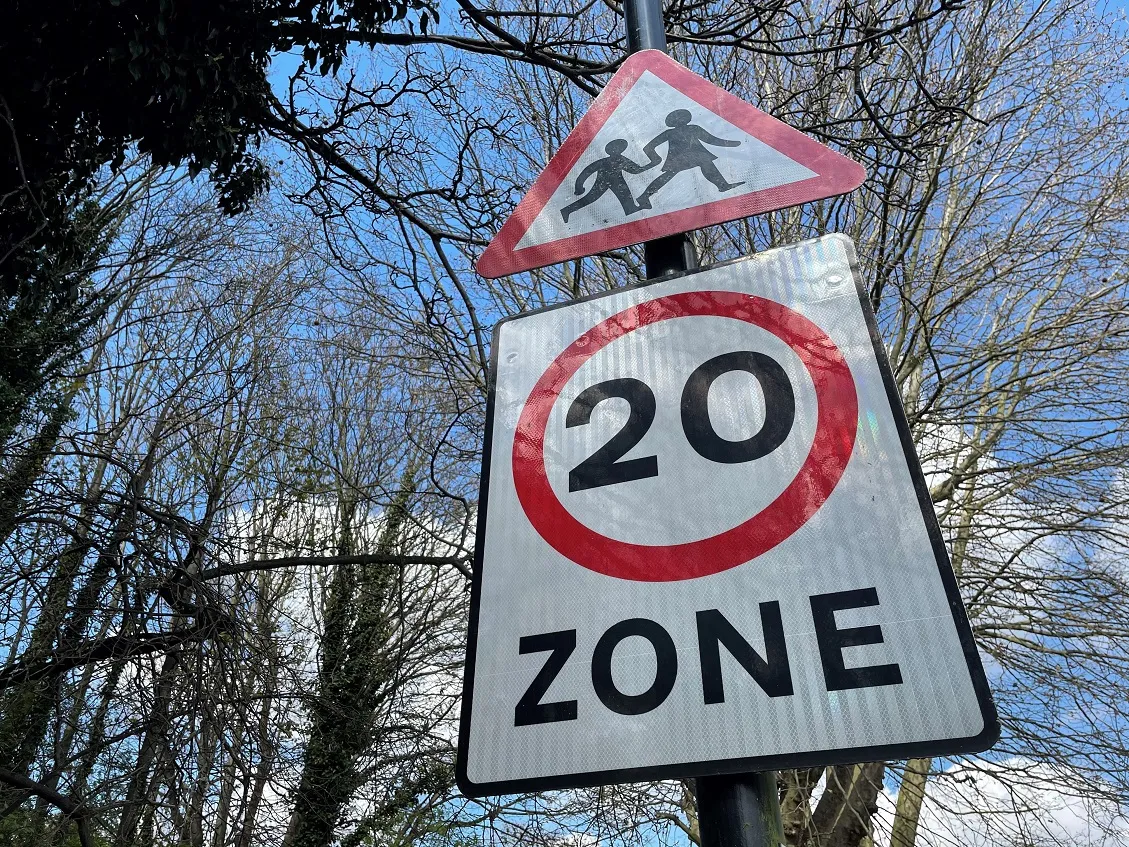Data from Nottinghamshire County Council, which installed a Vysionics SPECS3 average speed enforcement solution on the A614 in 2012, indicates that the cameras delivering real benefits on casualties and collisions, with early indications suggesting a significant reduction in the KSI rate and no fatalities since the cameras were first installed.
May 9, 2014
Read time: 2 mins
Data from Nottinghamshire County Council, which installed a 604 Vysionics SPECS3 average speed enforcement solution on the A614 in 2012, indicates that the cameras are delivering real benefits on casualties and collisions, with early indications suggesting a significant reduction in the KSI rate and no fatalities since the cameras were first installed.
The cameras were installed to address the serious collision and casualty history seen along a 21km section of the A614, a former trunk road linking Nottingham with the A1. It is maintained to a high standard and features a wide, single carriageway with several central right turn features into local side roads. The route has many bends and hills with no footway for most of its length and is one of the busiest non-trunk roads in Nottinghamshire. Before the SPECS cameras were installed, the A614 had a significant casualty history with 289 people killed or injured in a five year period.
Sonya Hurt, Casualty Reduction manager for Nottinghamshire County Council, says: “Our average speed installations are proving year on year to be a known and effective method of reducing casualties around the county. Where these cameras have been used elsewhere in Nottinghamshire, there has been an 80 per cent reduction in the number of people killed or seriously injured”.
The cameras were installed to address the serious collision and casualty history seen along a 21km section of the A614, a former trunk road linking Nottingham with the A1. It is maintained to a high standard and features a wide, single carriageway with several central right turn features into local side roads. The route has many bends and hills with no footway for most of its length and is one of the busiest non-trunk roads in Nottinghamshire. Before the SPECS cameras were installed, the A614 had a significant casualty history with 289 people killed or injured in a five year period.
Sonya Hurt, Casualty Reduction manager for Nottinghamshire County Council, says: “Our average speed installations are proving year on year to be a known and effective method of reducing casualties around the county. Where these cameras have been used elsewhere in Nottinghamshire, there has been an 80 per cent reduction in the number of people killed or seriously injured”.







